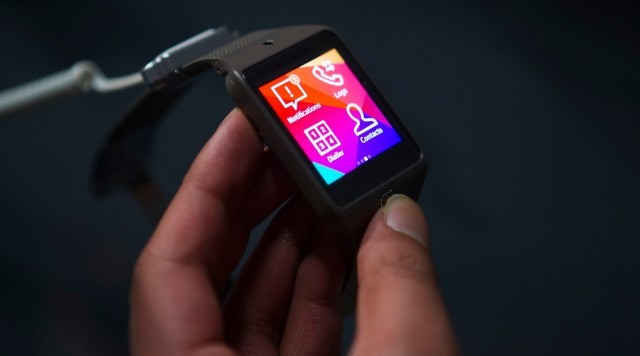 According to Mashable, Space tourism isn’t quite a reality yet, but travel technology has still come a long way from where it was a few decades ago.
According to Mashable, Space tourism isn’t quite a reality yet, but travel technology has still come a long way from where it was a few decades ago.
GPS is a big improvement on the paper map, a majority of all travel reservations are made online, and wearables are gaining traction.
As technology continues to improve, it’s worth asking: What will travel look like in the future? Travel search site Skyscanner has a new report out on Wednesday that takes a stab at answering that question.
Filip Filipov, Skyscanner’s head of B2B, said his team was amazed at the technological strides made in recent years. Looking at the trends emerging in the past decade, the team wondered how such strides would apply over the next 10 years.
The report combines the site’s online booking data with analysis from 56 experts to identify the three biggest trends that will shape a typical traveler’s experience in 2024.
1. Digital assistants
The first trend in the report is the growth of “digital travel buddies,” personalized virtual assistants that remember your preferences and join in on the road. “Miniaturized, wearable technology will be able to provide simultaneous feedback, such as real-time translations, as well as include holographic displays of airport maps or neighborhoods,” the report reads.
 We’ve already seen this trend in action — Siri is just one example. More integration with travel planning, including booking sites and destination guides, is a natural next step.
We’ve already seen this trend in action — Siri is just one example. More integration with travel planning, including booking sites and destination guides, is a natural next step.
“In the 2020s, each of us will have an individual ‘e-agent’ that goes everywhere with us, inside a watch or a small piece of jewelry,” Daniel Burrus, author of Technotrends: How to Use Technology to Go Beyond Your Competition, told Skyscanner.
2. Virtual reality
A virtual trip to a tropical destination sounds appealing — especially if it could fit into a lunch break — but the biggest use for virtual reality may be to offer a preview before booking.
Virtual reality won’t replace travel, according to Filipov, but will instead allow hotels and destinations to show travelers exactly what experience they can book.
3. Semantic search
Online travel search has a long way to go to personalize search results for individual travelers, but the potential and interest exists. Semantic search would customize results for every traveler, allowing travel companies to understand exactly what a traveler wants.
According to the report, tools could even be developed to detect facial expressions and adjust results based on a person’s reaction to an initial travel suggestion.
“Essentially, think of a world of travel where the traveler comes first,” Filipov sad. “The technology comes together to make that experience intuitive, rich and inspirational.”
Source: Mashable
